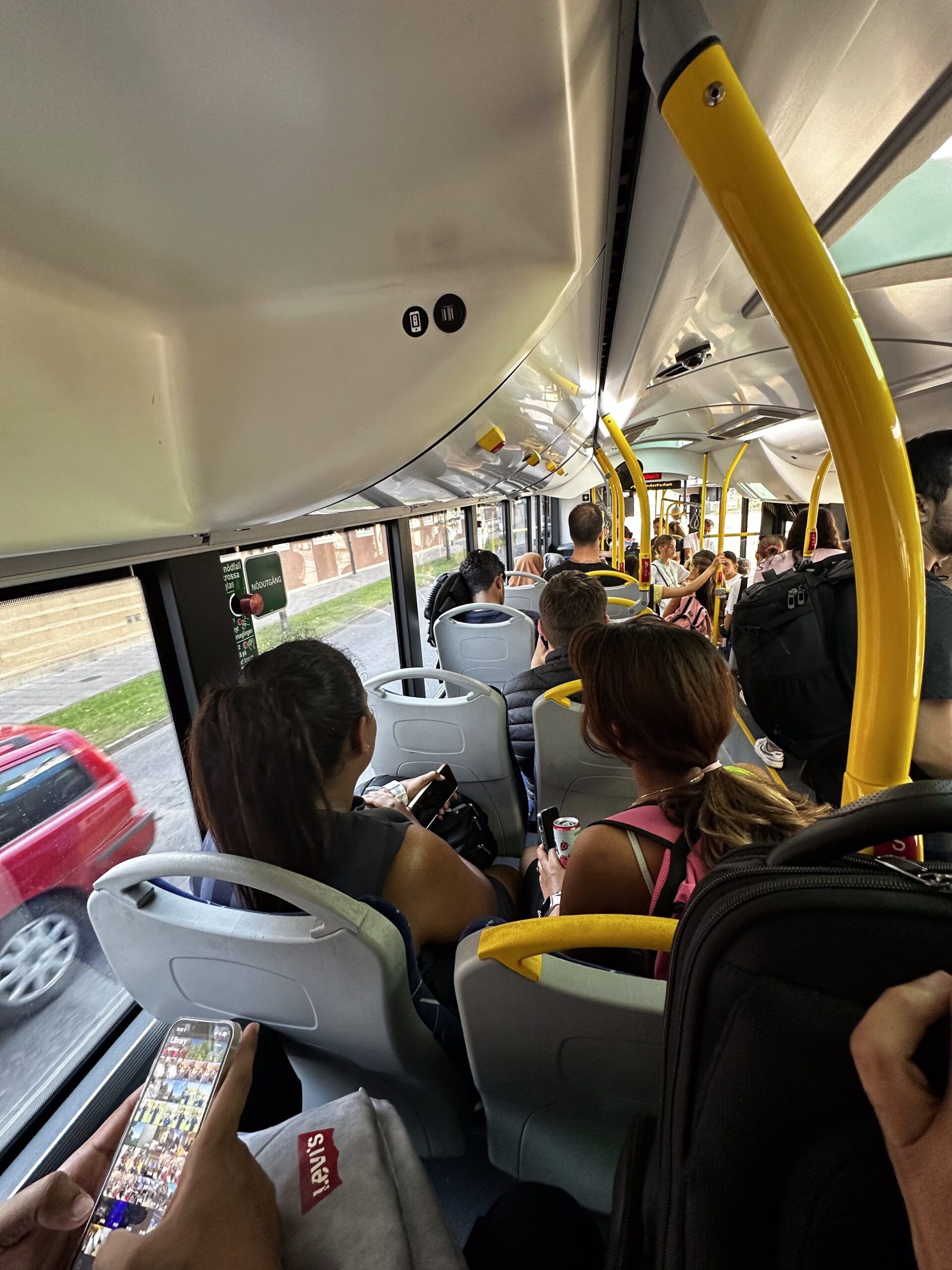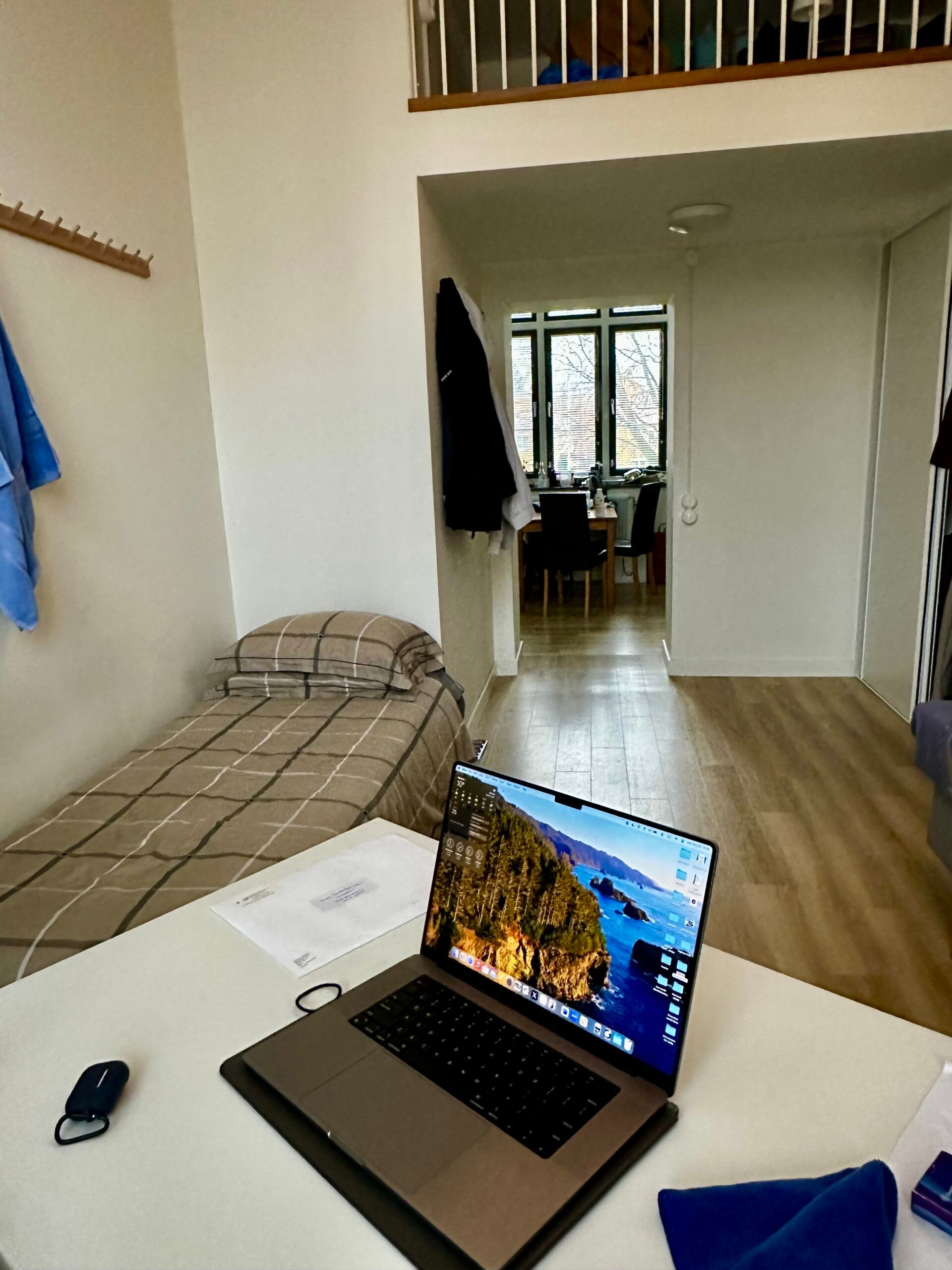
Written by Ravindu
19 Apr 2025
I still remember the day I got my Notification of Selection Results from universityadmissions.se. That feeling of seeing “Admitted” next to your desired program and Swedish uni—whether it’s for your top choice or not—just hits different. Suddenly, your mind starts racing: What will life be like there? Where will I live? It’s both exciting and surreal.
Even though I had applied to universities around the world, by the time the results came out, my heart was set on Sweden. So getting accepted felt like a dream come true. And if you’re reading this, I’m guessing you’re in a similar place—excited, overwhelmed, and ready to take the next step.
Here’s what I did after receiving my university decisions to make the transition to life in Sweden as smooth (and stress-free) as possible.
1. Accepted the offer (obviously)
Even though you’ve been offered a place to study, you still need to officially accept it. So once you’re sure, go ahead and hit that accept button as soon as possible. And if you’re still on the fence—just take the leap and do it.
Sweden was one of my top choices for so many reasons: its student-centered education system, the healthy balance between life and studies, the calm and thoughtful culture, and how nature is simply part of everyday life. There are countless reasons why this country will gradually change your life for the better. I asked Enuri, an international friend of mine studying in Skövde, if she’s happy with her decision to study in Sweden.
“It’s a fresh start, being different or a little weird feels completely normal here. Choosing Sweden had reminded me that studying is also about self-discovery and growth.”
I couldn’t agree with her more. And having lived here for almost a year, I can confidently say that you’ll enjoy your experience—no matter which city or university you end up in. Don’t overthink it if your heart is already leaning in a direction.

2. Researched the university, city, and culture
One of the first things I did after getting accepted was binge-watch every video I could find on YouTube about Skövde and student life here. Since it’s a relatively small city, there wasn’t a ton of content—but I still found myself watching walking tours of the city streets and the university campus for hours, just to get a feel for the place.
It was so exciting to get a little preview of life here before actually arriving. It helped solidify my decision and made the transition feel less intimidating. So I’d definitely recommend researching not just your university, but also the city you’ll be calling home. Knowing what student life looks like there can really ease that “unknown” feeling—and honestly, it just makes you more excited to go.

3. Looked into accommodation options
This is something I cannot recommend doing early enough. If your university doesn’t offer guaranteed housing, finding a place to live should be one of your top priorities the moment you accept your offer.
Most student housing in Sweden works on a queue system—the earlier you register, the more points you accumulate, and the better your chances of landing a good place. I only found out about this during a webinar for admitted students (more on that later!), but I wish I had known sooner. Even being one point ahead of another student can make all the difference.
And if your university does provide guaranteed housing, it’s still a smart move to look through the options and register your interest as early as possible—especially if you want to increase your chances of getting your first choice.
One thing I’ve heard from students at universities with guaranteed housing is that after a year, many end up moving out of the student dorms into external housing. Often, these off-campus options are more comfortable, and the rent is pretty similar. So keep that in mind when you’re planning long-term.

4. Tackled the bureaucracy
Ah, the not-so-fun but super important part. One of the first things I did was make a checklist of everything I’d need: residence permit application, passport renewal (if needed), documents, insurance—you name it. For a while, the Swedish Migration Agency website became the first tab I opened every single morning.
If you’re an EU/EEA citizen, this step is usually a breeze. But if you’re coming from outside the EU, like I did, there are a few more things to keep in mind. One thing I didn’t realize early on was that, as a Sri Lankan citizen, I had to travel abroad before moving to Sweden to provide biometrics and verify my passport at the nearest Swedish embassy. This requires proper planning—especially if your country doesn’t have a Swedish embassy. So be sure to research this thoroughly based on your own country of residence.
I actually wrote a full blog post about my experience with the residence permit process (with all the tips I wish I had known earlier). You can read it here!

5. Joined online webinars
Something you definitely shouldn’t skip is attending the online webinars and information sessions about studying in Sweden. Once you’re admitted, you’ll start getting emails from your university and the Swedish Institute inviting you to sessions that help guide you through the transition.
These webinars often feature international students who’ve lived in Sweden for a year or more, sharing their stories and offering practical advice—which can be incredibly valuable. It’s comforting to hear from people who were in your exact position not too long ago, and you’ll pick up tips you might not find anywhere else.
For example, it was during one of these webinars that I first learned about Sweden’s housing queue system. If I hadn’t attended and signed up that same day, I might not have gotten the apartment I live in now! I also remember learning about reliable train companies and how to get from the airport to my new city. These sessions really helped me plan things out with more confidence.

6. Looked into travel plans
I started exploring flight routes, comparing prices, and even checking train schedules from the airport to my city—just for fun. Sure, it might be too early to actually buy plane tickets six months in advance, but there’s no harm in doing some early research to get familiar with your options.
One great tip? Reach out to students from your home country who are already living in Sweden. They often know the best, cheapest, and most efficient ways to get here. It’s super helpful to hear how they managed their own journeys. You can usually find and connect with them through WhatsApp or Discord groups that you get access to after attending webinars (yet another reason to join those sessions!).
Planning the journey made everything feel more real—and honestly, a lot less scary!

7. Thought about how I wanted to spend my last months at home
This part is a little emotional. Once I knew I was moving, I started thinking about how I wanted to spend my final months at home—what I wanted to do, who I wanted to see, and how I could make the most of the time before everything changed.
I made a little mental list of the things that mattered: spending more time with my family, catching up with old friends, eating all my favorite comfort foods. I even made it a point to explore places in my country that I’d always wanted to visit but never had the chance to—because I knew it might be a long while before I could.

It’s strange how suddenly the most ordinary things become precious. You’ll start getting sentimental about the smallest things, like your favorite corner in your bedroom or how the sunlight shines through the leaves of the tree next to your window… all the little things you might’ve overlooked before.
So while you’re getting excited about your new chapter in Sweden, don’t rush through the current one.






